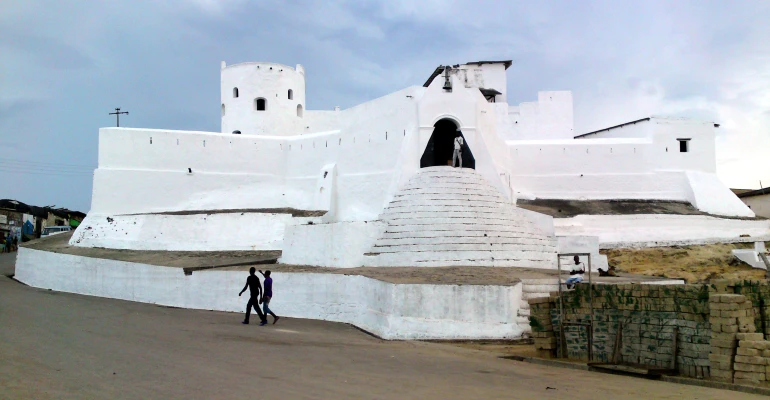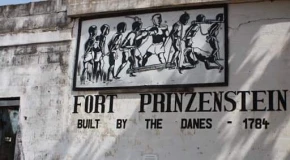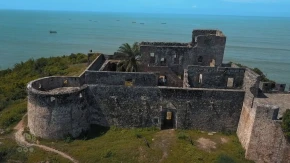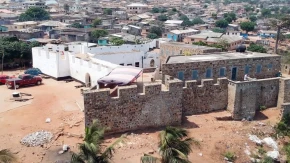Stories and facts
Fort Shama, located in the town of Shama in Ghana, is a historically significant structure with a rich colonial background.
Constructed by the Danish in the 18th century, it was part of Denmark’s strategic efforts to establish and secure its commercial and territorial interests in West Africa. The fort was strategically placed to oversee and control trade routes along Ghana’s coastline, especially in the Shama region.
During its operational years, Fort Shama functioned as a military stronghold, trading post, and base for Danish colonial activities. Its primary role was to protect Danish commercial interests, including the trade of gold, ivory, and enslaved people, while defending against rival European powers and local resistance.
Reflecting the typical European colonial fortifications of the time, Fort Shama featured defensive walls, bastions, and strategic positioning to enhance its defensive capabilities. The design was intended to withstand attacks and control access to the coastal area.
As European colonial powers vied for control over West Africa in the 19th century, Fort Shama changed hands multiple times. It was eventually ceded to the British as part of the broader political and colonial realignments in the region.
By the late 19th and early 20th centuries, the fort's significance waned with shifting colonial priorities and strategies. Fort Shama fell into disrepair and was abandoned as the focus of colonial administration moved elsewhere.
In recent years, efforts have been made to preserve and recognize Fort Shama as a historical site. It now stands as a poignant reminder of Ghana’s colonial past and the various influences that have shaped its history.
Today, Fort Shama is an important historical landmark that offers insights into Ghana’s colonial era. It serves as a testament to the European colonial presence in West Africa and the complex interactions between European powers and local societies. Fort Shama remains a valuable point of interest for those exploring Ghana's rich and diverse history.





